Artist and author
Lucy Andrews explores the point at which natural and human systems meet, and then collapse, in the transition from raw materials to processed materials. She reproduces certain tensions that characterize these encounters in formally minimalist works that embody the juncture of nature and culture. And it is often through architecture or a reflection on the presence of forms in space that she discovers this point of friction. In previous works, she generated antinomic relations between containers and their content. For example, she held a large volume of water within a plastic sail, the form and positioning of which in the exhibition space re-created the tension she sought, while avoiding the damage anticipated. For another work, she used a vacuum cleaner to collect the dust left by the former occupants of her apartment and enclosed it in a glass cube, materializing both the residue and the memory of the place. Sometimes she has also tried to return plastic to its initial form by burning objects made of it, as all plastic material has been transformed – has passed from natural to artificial. Here, Andrews wonders about this mutation and tries, in vain, to find the precise moment when it occurs.
More recently, Andrews has undertaken to uncover and underline the interstice within which natural and built ecosystems contaminate each other. During her residency at Est-Nord-Est, she worked with wood burls, growths caused by parasites, bacteria, or disease in the tree that create an excess of material – something like scars. She assembled these found pieces of wood on transport pallets so that they seemed to be one piece, as if the burls were emerging from the pallets, giving the illusion that the non-processed wood was growing from the processed wood, the folds in the wood surrounding the object as if it were a process of normal development. Andrews does not seek to control the material, as one might think; rather, through her manipulations, she encourages the conditions for letting it live and interact.
Discover
Newsletter
Keep up to date with the latest news!




